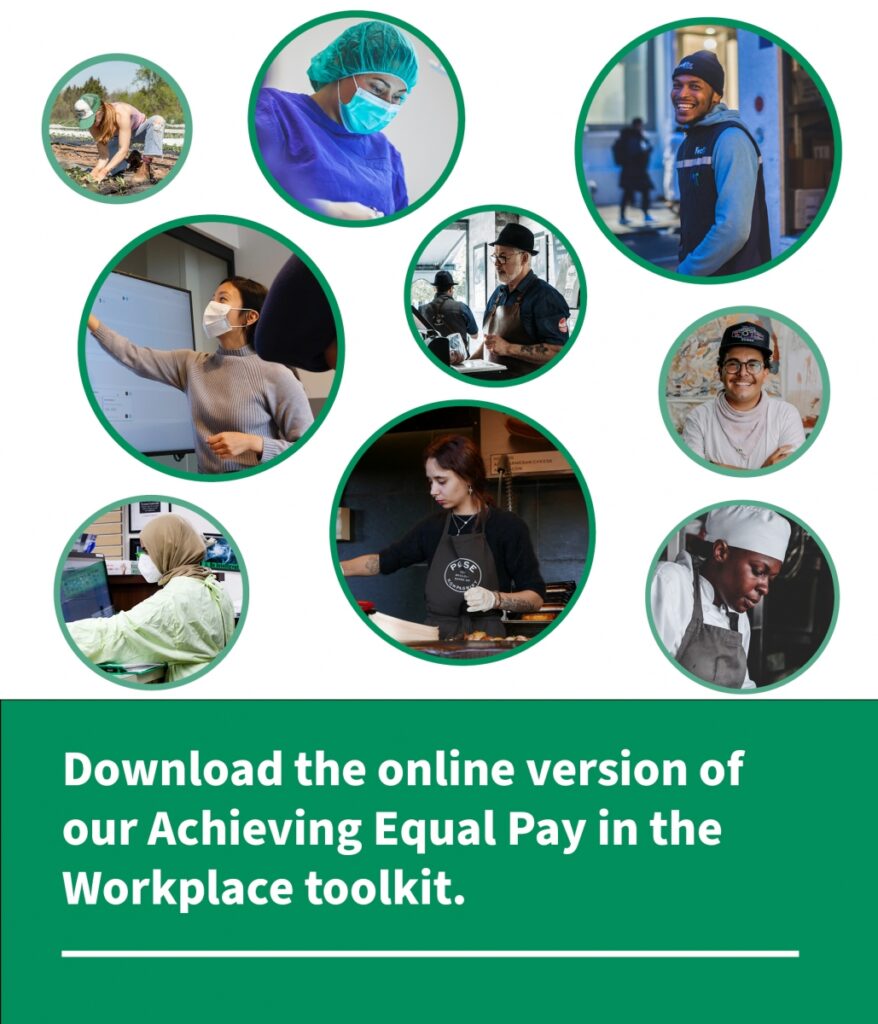Here you will find The Equality Trust’s Toolkit for Achieving Equal Pay in your Workplace. You can also access this at www.equalpayatwork.org.uk.
This toolkit was created to help employees, workers and union representatives to address unequal pay in their workplaces through examining the policies and practices in a workplace that lead to this inequality.
It was built by a steering group of trade unions and academics and developed after feedback on the first draft from delegates at The Equality Trust’s Equal Pay Conference in 2021.
Unequal pay is still an issue for so many people in their workplaces but, as pay is often seen as a taboo subject, issues are not always identified.
This toolkit sets out what equal pay is, how it intersects with the gender pay gap and why issues occur in the workplace. It offers help with talking about pay, adapting policies and conducting equal (horizontal) pay audits.
Contents include:
- talking about pay with your colleagues;
- talking about pay to your employer;
- the difference you can make through policy changes;
- conducting an equal pay audit;
- building a workplace culture that supports pay equality.
We are conscious that when we talk about equal pay and the gender pay gap, it is common for many organisations, including ours, to fall into a binary of male and female. Part of the reason we revert to binaries is that the current legislation, and by extension a lot of the information we have about the extent and causes of unequal pay in our economy, maintains this binary. We are sensitive to the fact that this language excludes the experiences of people who do not identify as either gender, as well as the specific experiences of people who have transitioned. The Equality Trust is a supporter of trans and non binary rights but we hope you will understand why we use these binary terms in this resource.
We are also aware that this toolkit touches only very briefly on issues of race, disability and other protected characteristics. This is not to de-emphasise the huge importance that these play in issues of unfair pay nor the clear intersectional nature of the issue but this particular resource focuses primarily on the discrimination suffered particularly by women and sometimes by men. We hope to produce more resources to support other aspects of pay discrimination in the future.
We hope you can use this resource in your workplace and that it is helpful. We spent a lot of time and energy on it and if you are able to give any feedback here it would really help us to produce other resources in the future.


